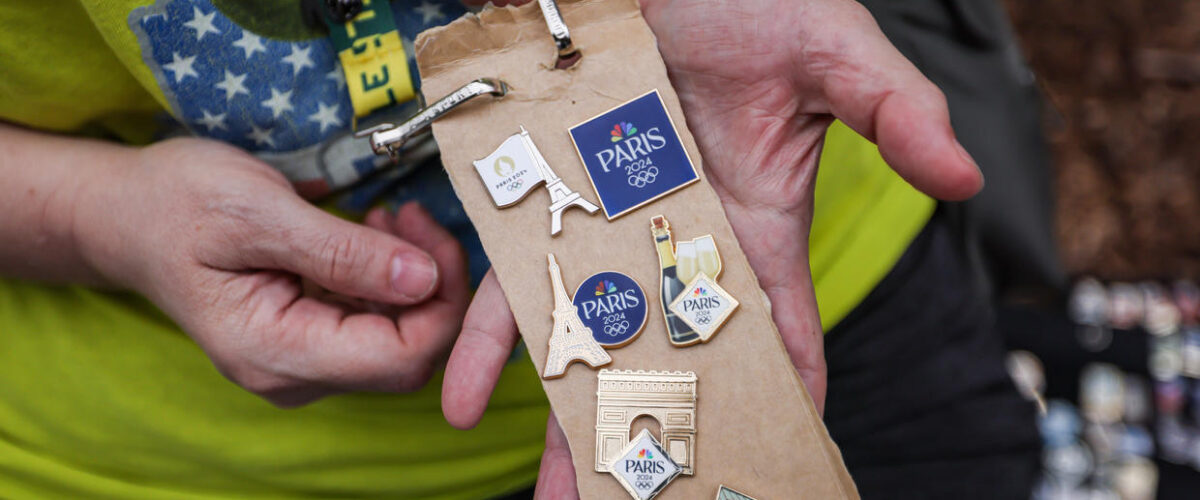Over the past 30 years, pin trading has transformed from a niche pastime into a global phenomenon. What began as a small community of collectors has exploded into a worldwide network, fueled by the rise of theme parks, conventions, and online platforms. This growth has turned simple enamel pins into highly sought-after collector’s items with an entire subculture dedicated to the craft.
The Early Days of Pin Trading
The roots of modern pin trading trace back to the early 1990s, particularly with the introduction of Disney’s pin trading program. While pins had been part of theme park merchandise for decades, it was during the 1999 Disney Millennium Celebration that pin trading gained significant traction. Disney set up official trading posts in its parks, encouraging visitors to swap pins with cast members and fellow guests. This initiative not only created a new form of interaction but also introduced a sense of exclusivity and collectibility to the experience.
Expansion Beyond Theme Parks
As Disney’s success with pins grew, other industries took notice. The Olympics, for example, had always featured pin collecting as part of its fan culture, but the 1996 Atlanta Summer Games saw a surge in trading activity. Attendees from around the world engaged in pin exchanges, solidifying it as a central Olympic tradition.
In the years that followed, pin trading expanded beyond sports and entertainment. Music festivals, comic conventions, and even corporate events began producing unique pin sets, each featuring exclusive designs that fans could trade and collect. For many collectors, these pins became mementos of special experiences, marking the places they had visited and the events they had attended.
The Role of Online Communities
The advent of the internet in the 2000s dramatically altered the landscape of pin trading. Before the web, trading largely occurred in person at specific locations or events. With the rise of platforms like eBay and Etsy, traders could now connect globally. Collectors were no longer limited by geography; they could buy, sell, and trade with anyone from around the world.
Social media platforms like Instagram, Reddit, and Facebook further accelerated pin trading’s growth. These platforms gave traders a place to show off their collections, discuss upcoming releases, and organize trades. Online pin communities not only fostered camaraderie but also provided a wealth of information for new collectors looking to learn the ropes.
Enamel Pins and Pop Culture
The past decade has seen enamel pins become a key part of pop culture fashion. Independent artists and designers now create pins that cater to niche fandoms, political causes, and personal expression. The pins have evolved from simple logos and mascots into intricate pieces of wearable art, often limited in production and highly sought after by collectors. Pop culture conventions like San Diego Comic-Con and D23 Expo have also played a significant role in popularizing exclusive and limited-edition pins.
The Future of Pin Trading
As pin trading continues to grow, its future seems brighter than ever. The rise of direct-to-consumer platforms like Kickstarter has enabled independent artists to fund their own pin designs, contributing to the diversity of the pins available in the market today. Meanwhile, established brands continue to innovate with unique collaborations and exclusive designs that draw in new collectors year after year.
Whether you’re a seasoned trader or a newcomer to the scene, pin trading is more accessible than ever, offering a mix of nostalgia, community, and artistry. From small gatherings in local parks to global trading groups online, the simple enamel pin has left an indelible mark on popular culture.


